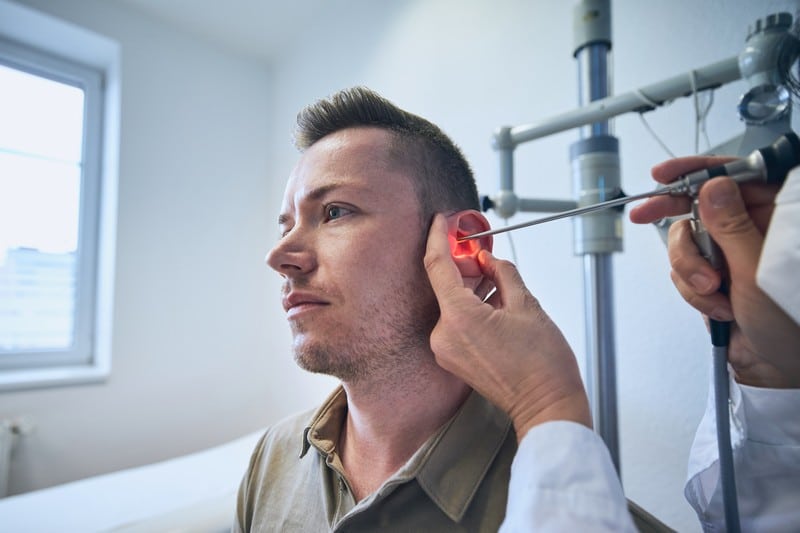It is typical for children to have earaches, but adults can have them as well. The condition can affect one or both ears, but often, the condition only affects one ear. The pain may come and go, but there are instances where it is constant, giving a person a burning, sharp, or dull ache. The ear has three parts: the external ear is the one people see. The location of the eardrum is the middle ear, while the inner ear is in the skull and contains the parts that allow people to hear and maintain their balance.
Otalgia is the medical term for earache. Earaches can occur outside and inside the ear. If the pain comes from the ears, doctors call it primary otalgia. On the other hand, secondary ear pain, also called referred pain, means that the pain originates from different parts of the body.
Earache can be due to several causes. Infections, injuries, fluid buildup, a hole in the eardrum, irritation, foreign object, air pressure, sore throat, sinus infection, and even tooth infection can make the ear ache. People feel the pain in their ears even if the nearby body parts are the ones affected because the ear shares the same nerves in the brain.
Fluid Behind the Eardrum

The ear can ache because fluid collects behind the eardrum. Doctors call this condition otitis media with effusion. The condition occurs when the Eustachian tube, a small duct connecting the middle ear to the throat, is blocked. It opens when a person yawns, swallows, or sneezes. The opening and closing of the eustachian tube prevent fluid buildup and the air pressure inside the ear. When there is dysfunction in the tube, an individual may feel that their ear is full and the sounds are muffled. Ear pain may also develop.
Because there is no infection, the doctor will only prescribe treatment for the earache. The standard medicine doctors give is a pain reliever, such as ibuprofen or acetaminophen. Sometimes, using a warm compress can help relieve the pain. There could be temporary hearing loss when someone has otitis media with effusion. The dysfunction can last for three months.
Since there is temporary hearing loss, people speaking to the person with otitis media with effusion should speak louder. They could also use gestures and good eye contact, especially if the afflicted individual is a child. In addition, reducing background noise when speaking to the person will help.










